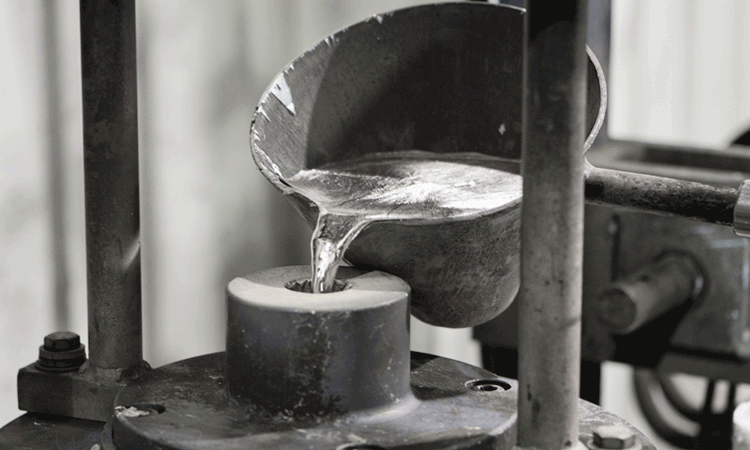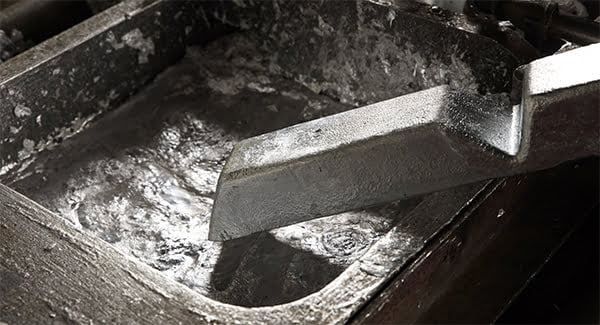The Precision Craft of Diecasting: Revolutionizing Manufacturing
The Precision Craft of Diecasting: Revolutionizing Manufacturing
Blog Article
Diecasting is a crucial manufacturing process that involves forcing hot metal into a cavity using high pressure. The process is known as a method of creating complicated shapes and designs with the highest degree of accuracy and repeatability, making it vital in all sectors. From automotive and aerospace to household appliances and consumer electronics, diecasting plays a crucial function in the creation of components that meet rigorous specifications for quality and efficiency. This article will explore the intricacies of diecasting. It will also discuss its methods, advantages, as well as applications.
Diecasting starts with the design of a mold, also known as a die, which is constructed from steel that has been hardened to stand up to high pressures and temperatures. When the mold is made Metal alloys such as magnesium, aluminum, zinc, or copper are heated to the point that they become molten. The molten metal is put into the mold under the highest pressure to ensure it fills all parts of the mold, which includes detailed sections and walls that are thin. Pressure is maintained until the material has solidified, and at that point, the mold is unveiled, and the new part is ejected. The high pressure method guarantees that your final product is exact and requires no extra machining or final.
One of the major benefits of diecasting is its efficiency in the production of mass quantities. When dies are manufactured it can be repeated hundreds or thousands of instances with very little variation between the components. This level of consistency is critical for industries that require large quantities of similar components. Additionally, diecasting is known for its efficiency in manufacturing. It produces lesser waste than other metal forming techniques since excess metal is able to be reused or recycled. This not only reduces cost of materials but it also contributes to greener manufacturing processes. Combining the speed, precision and efficiency of the material makes diecasting a viable option for high-volume production.
Diecasting can also provide significant benefits regarding mechanical properties and performance. Parts produced through diecasting are well-known as durable and strong as they are the most important qualities for parts that are used in harsh environments. The formation of fine-grain structures in the process of rapid cooling metal is a key factor in these properties that make diecast parts suitable for use for high-stress conditions. Moreover, diecasting allows for the incorporation of thin walls and complex features without compromising the integrity of the final product. This can be particularly useful for aerospace and automotive industries where the ability to reduce weight while maintaining structural strength can be crucial to boost energy efficiency and overall efficiency. To acquire further information please visit Senadiecasting
The versatility of diecasting extends beyond its mechanical capabilities for its versatility in different areas. In electronics, diecasting is used to create enclosures, heat sinks, connectors, and enclosures to ensure that the devices are secure and perform efficiently. This process is used to create everyday things, from kitchen appliances to power tools, in which precision and durability are paramount. The ability to create detailed and complex parts makes diecasting an attractive option for engineers and designers who want to develop new products and enhance their performance. In allowing a variety of different metals and the incorporation of complex features that diecasting allows the design of new products and services across many industries.
Diecasting is a zenith of technology for manufacturing, providing the perfect blend of precision, effectiveness, and flexibility unlike other processes. Its ability to make sophisticated, high-quality parts with excellent mechanical properties makes it essential in various sectors ranging from automotive to consumer electronics. The efficiency and material savings of diecasting prove its effectiveness in high-volume manufacturing. Its flexibility guarantees that it is able to accommodate the evolving demands of modern manufacturing. While industries push the boundaries of innovation as well as performance, diecasting will remain an important tool helping to advance technology and facilitate manufacturing of the most cutting-edge items that are shaping our lives.